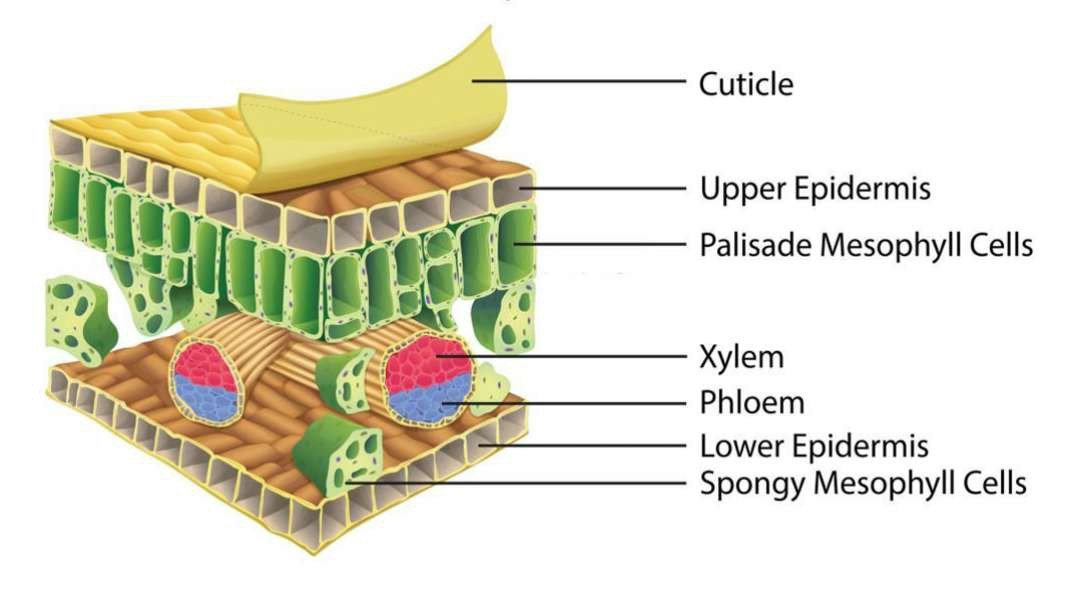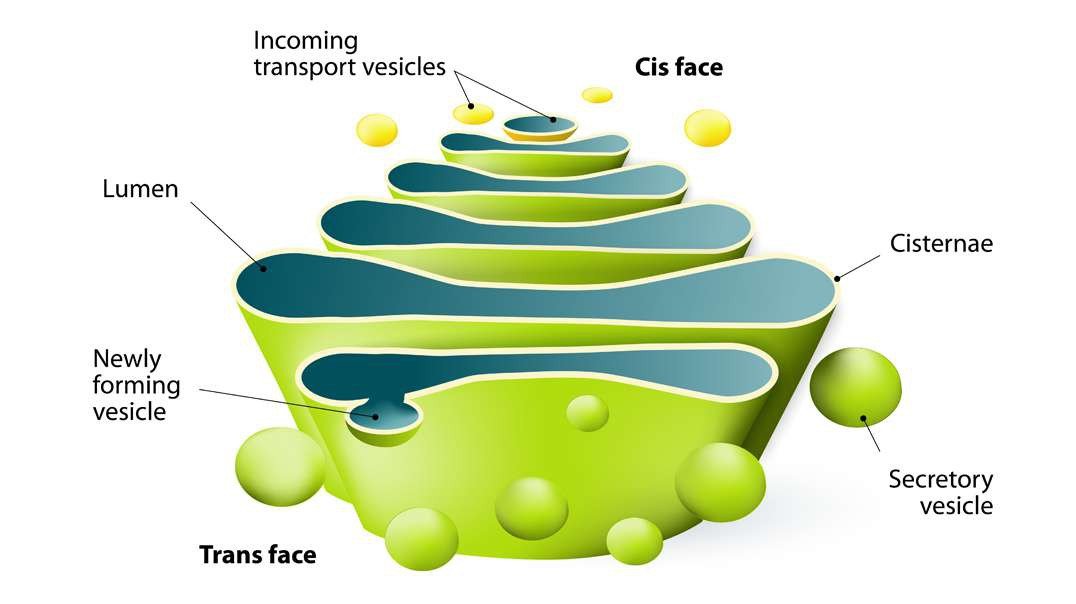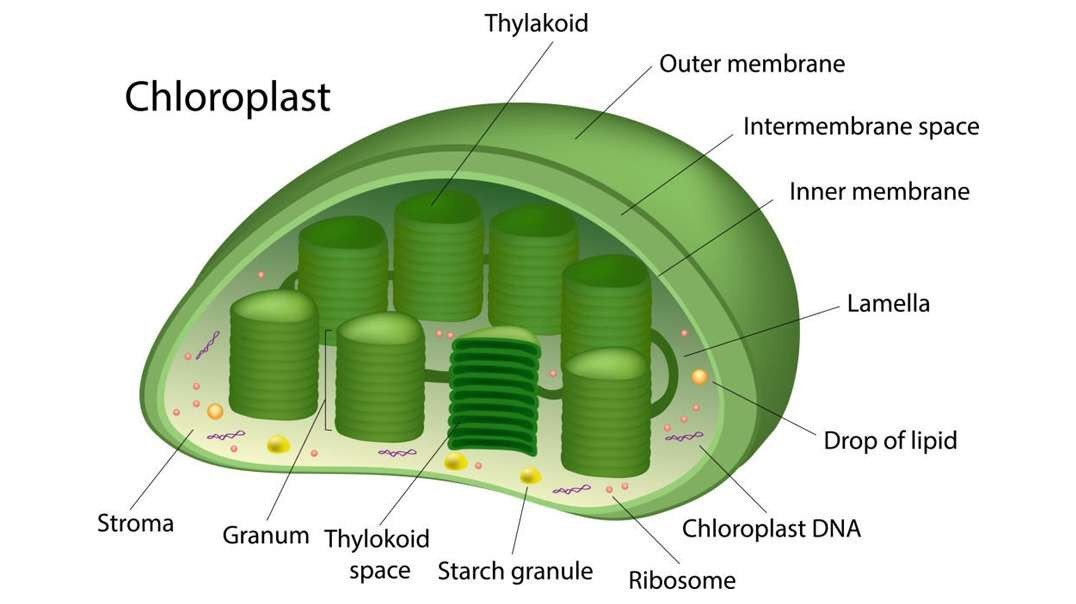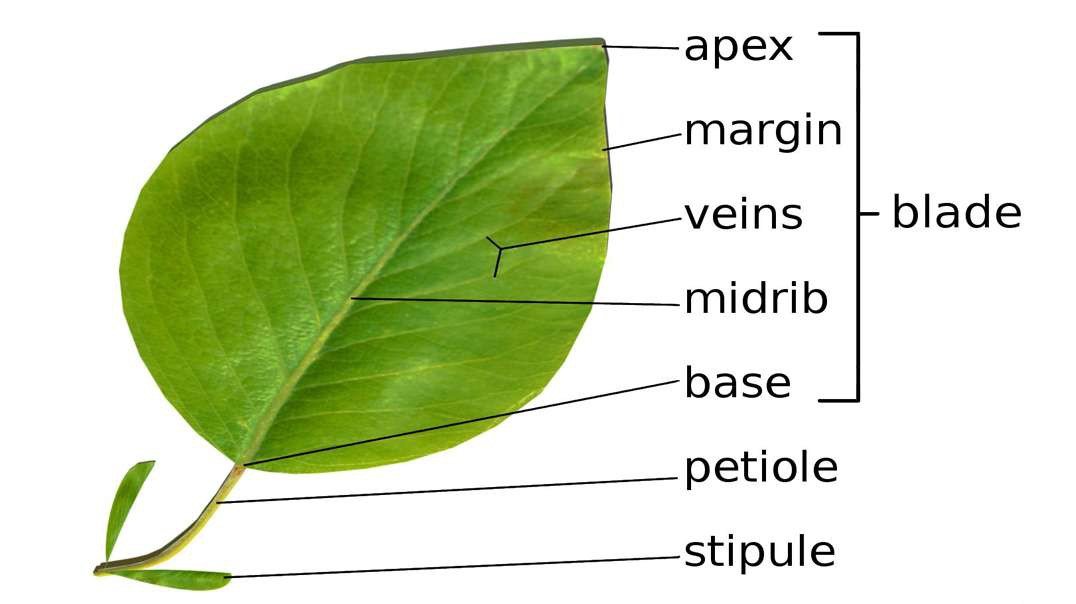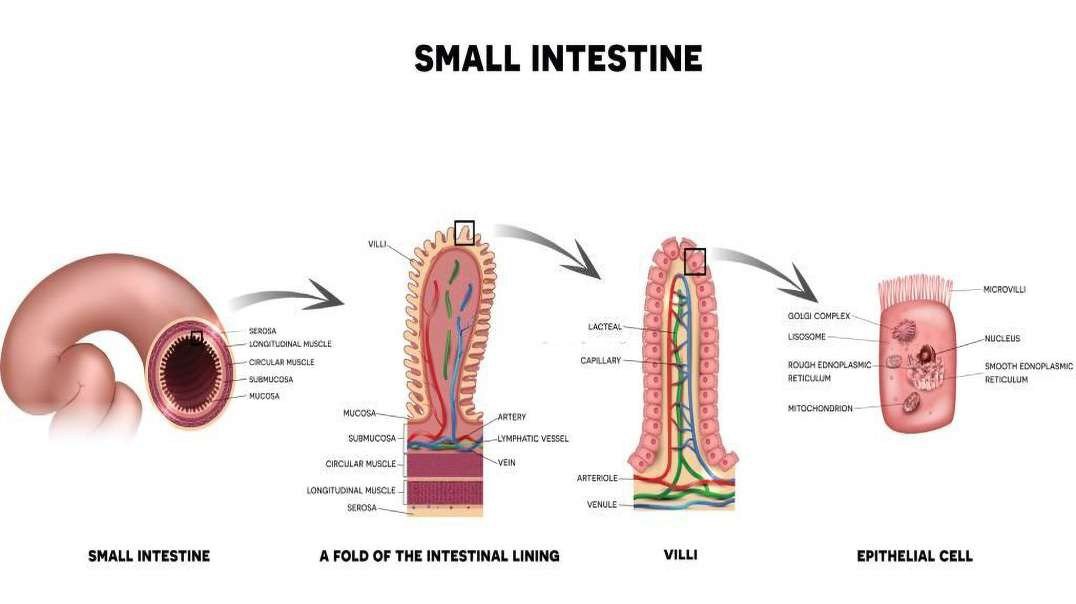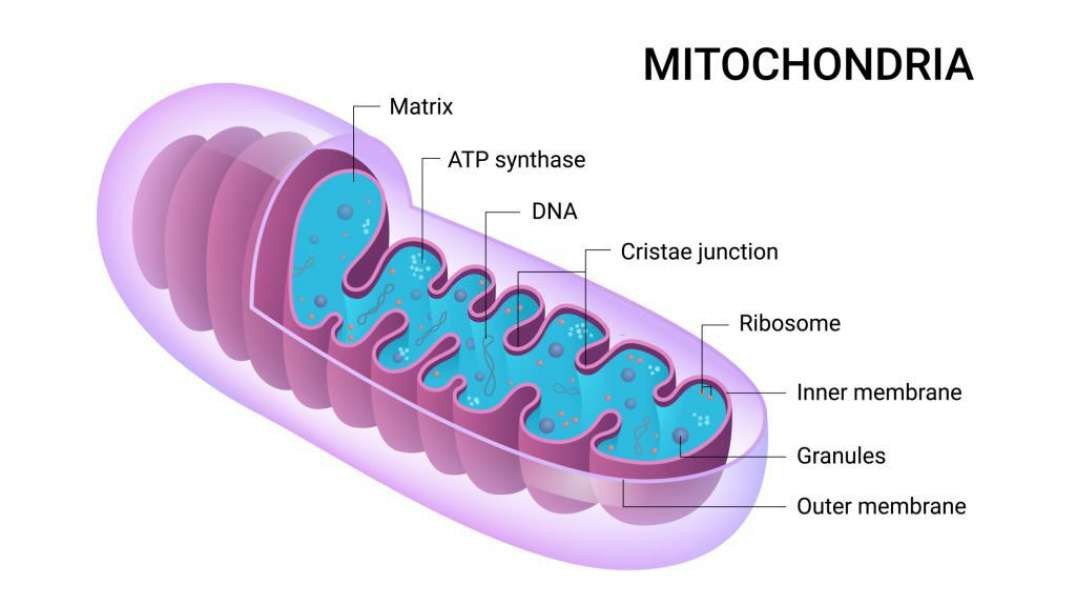
:
Mitochondria: Evolution, structure, and functions
Introduction
--------------------
Mitochondria are often described as the powerhouses of the cell because of their central role in the synthesis of ATP, a vital source of energy for the body. They are composed of a double membrane, intramembranous space, and matrix. Various mitochondrial types can be differentiated based on the inner membrane structure.
Structure
---------------
The structure and DNA of mitochondria resemble the structure and DNA of prokaryotes. Mitochondria are believed to have been prokaryotes originally that evolved into endosymbionts living inside eukaryotes
Mitochondrial membrane
-----------------------------------------
There are two, highly specialized mitochondrial membranes that surround the mitochondrion. They provide the framework for the electron transport chain and ATP production.
Outer membrane
---------------------------
Structure: smooth
Permeability: interspersed with pores, highly permeable for various molecules
Inner membrane
---------------------------
Structure: convoluted
Permeability: impermeable, especially to ions; however the inner membrane contains many different highly specific transport proteins
Characteristic component: cardiolipin (stabilizes the enzymes of oxidative phosphorylation)
Mitochondrial matrix
----------------------------------
Contains mitochondrial DNA (mtDNA) and ribosomes responsible for the synthesis of ∼ 15% of the mitochondrial proteins
The remaining mitochondrial proteins are encoded in the nucleus and are transported into the mitochondria in an unfolded state, where they take on their final folded structure.
Functions
-----------------
Energy production: The inner mitochondrial membrane contains the enzymes of the respiratory chain and the ATP synthase that together produce ATP (oxidative phosphorylation).
Other metabolic pathways in the matrix
Citric acid cycle
Beta-oxidation
Ketogenesis
Urea cycle
Pyruvate decarboxylation
Heme synthesis
Initiation of apoptosis
